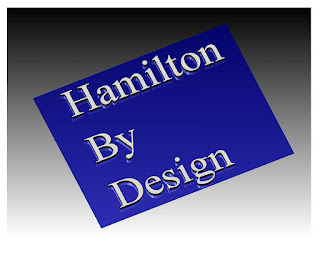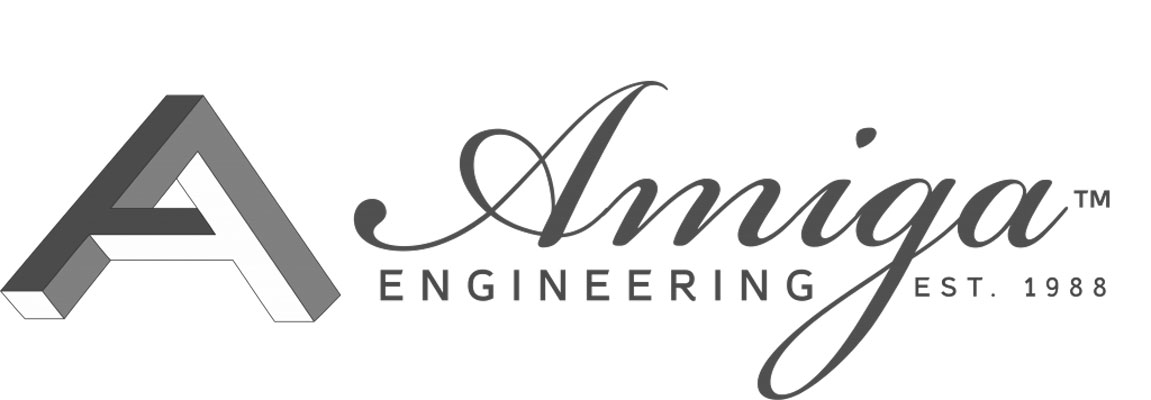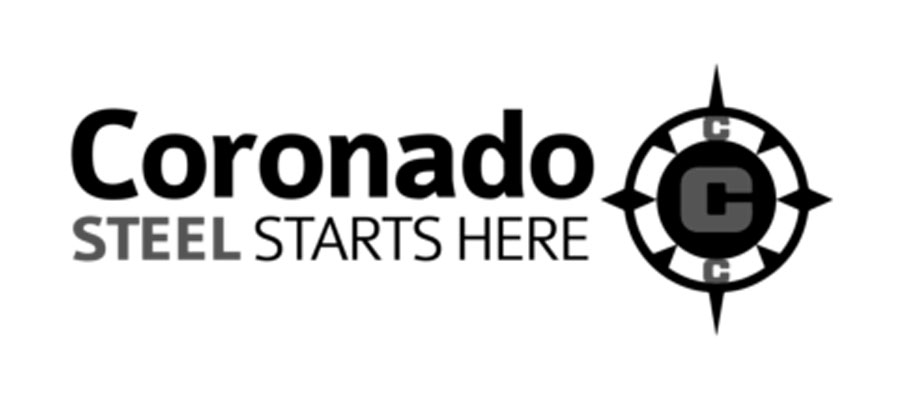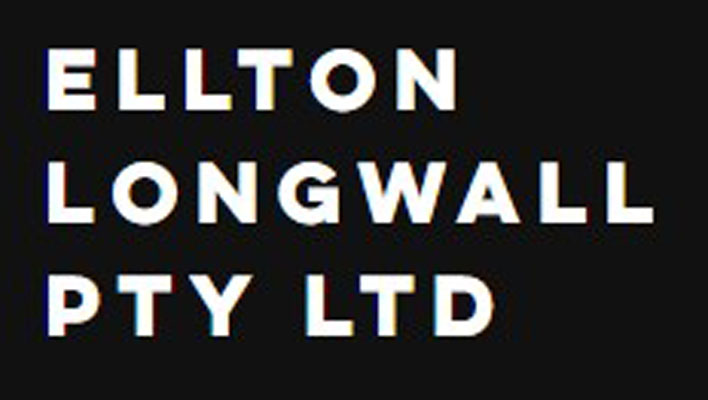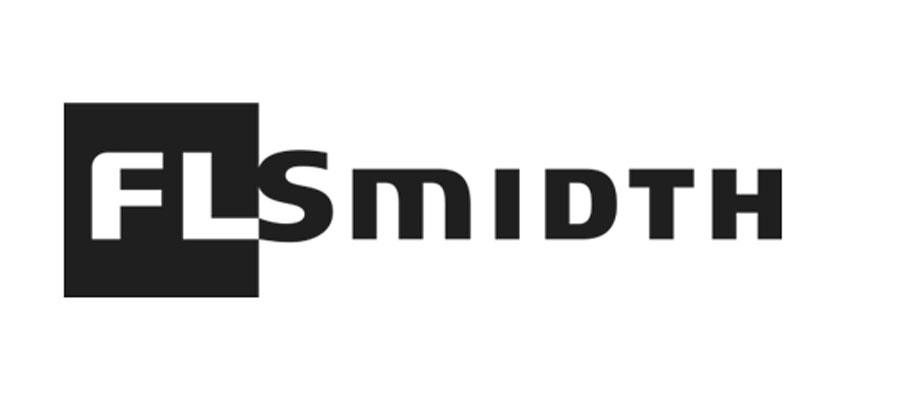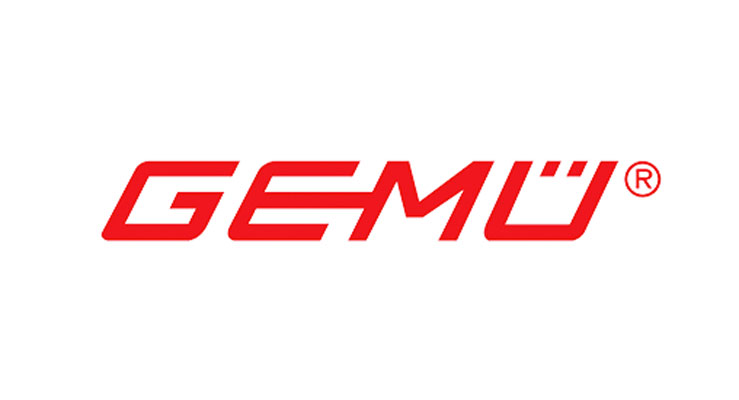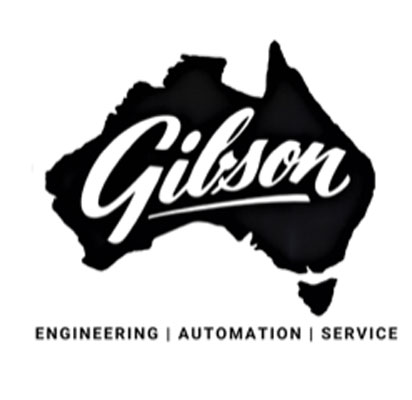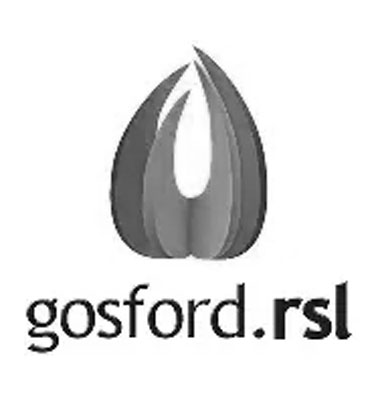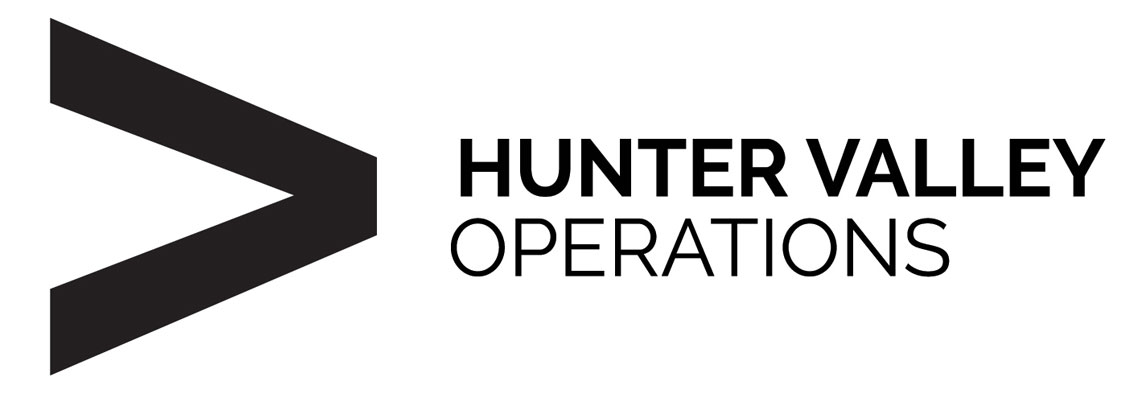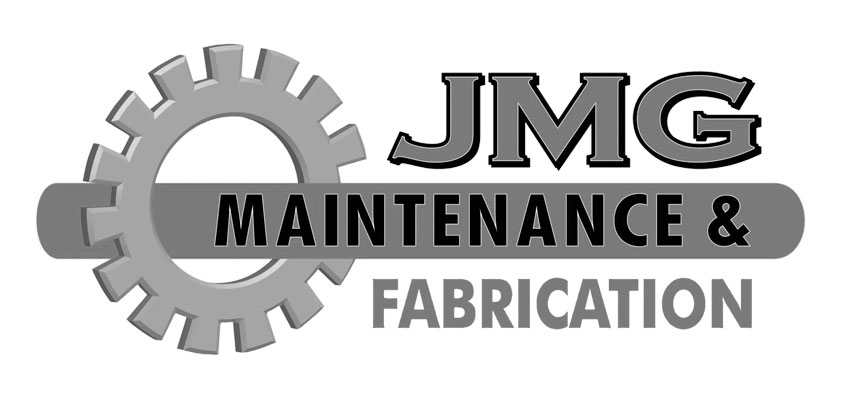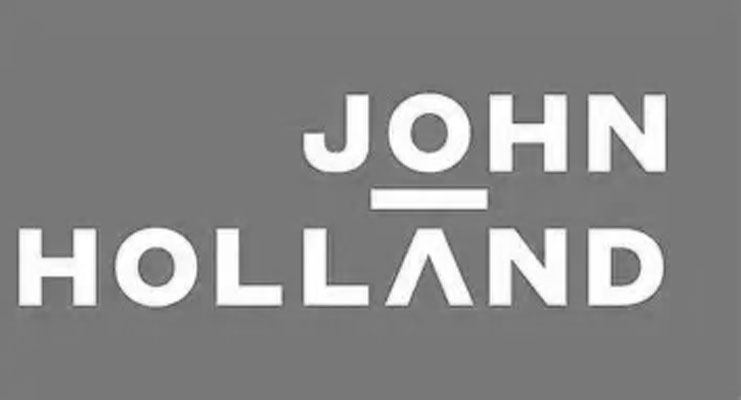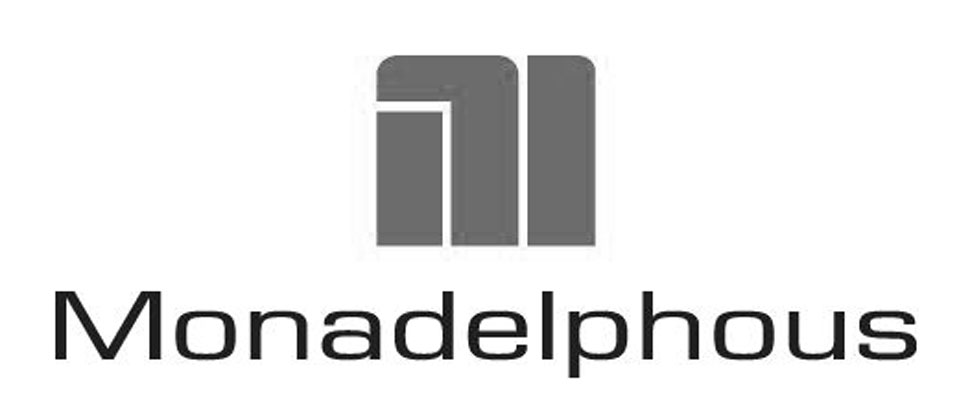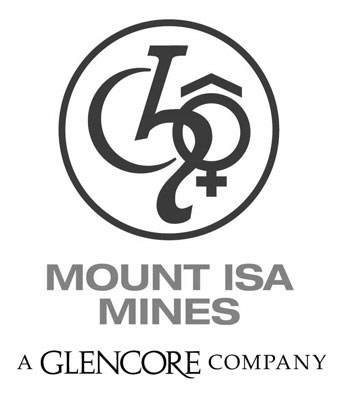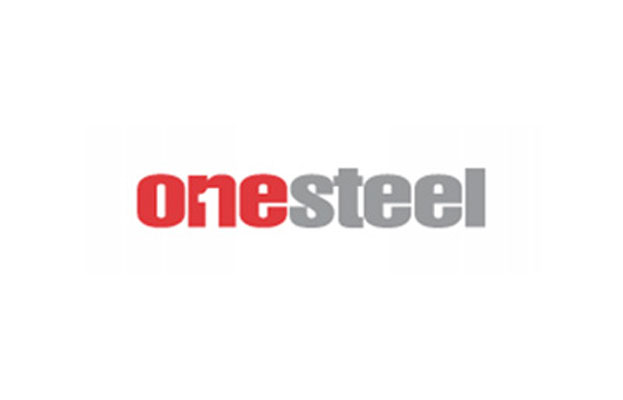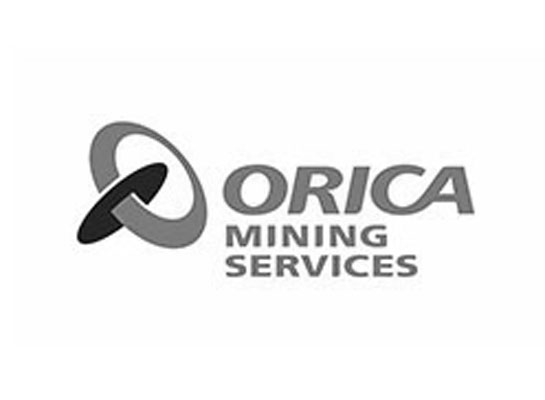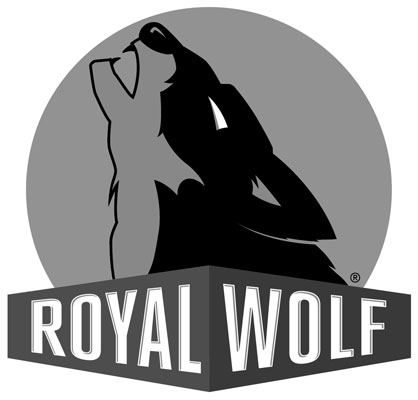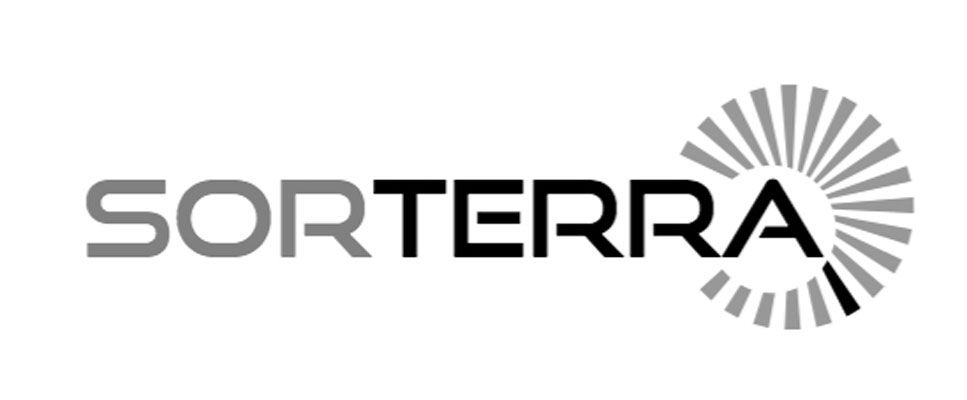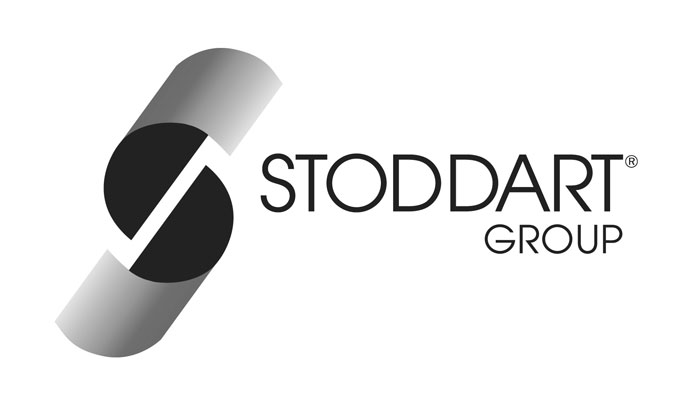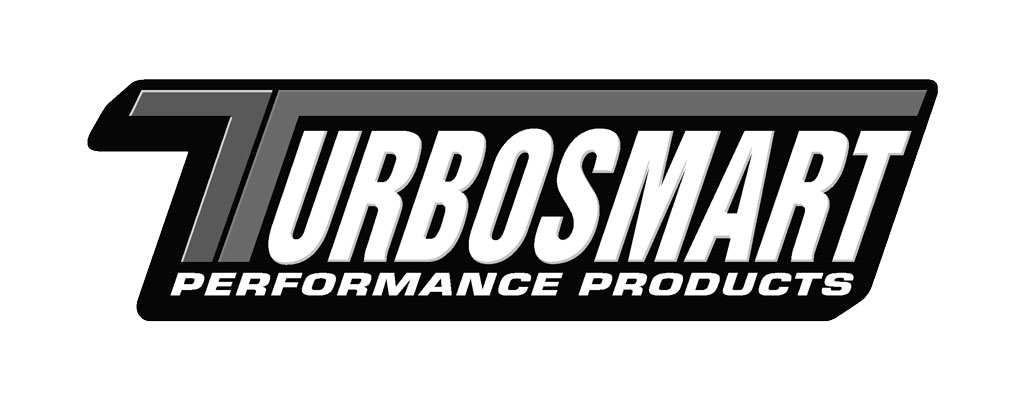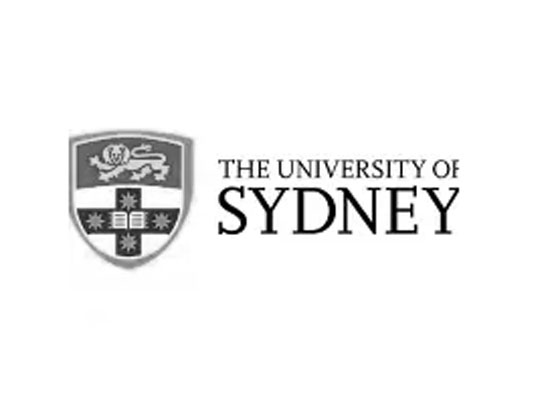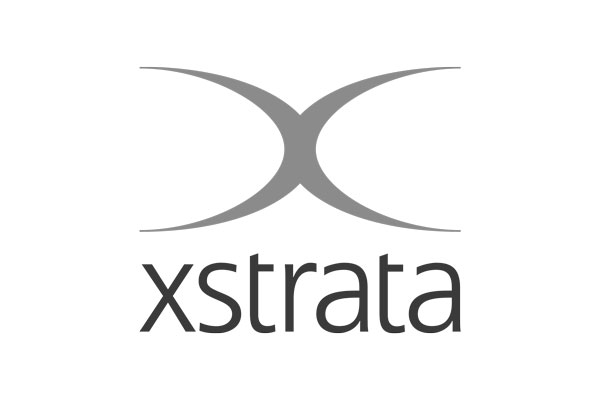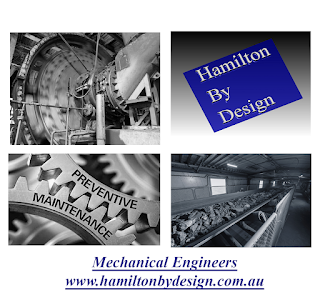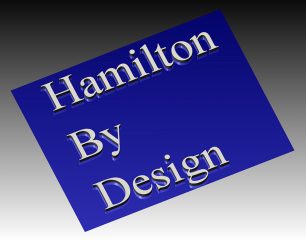Rigid Body Dynamics vs Transient Structural Analysis – How does it apply to the Mining industry?
In the Australian mining industry — where heavy equipment, high-value production, and harsh conditions are the norm — the ability to simulate, test, and validate mechanical systems before they are fabricated or fail in the field is not just beneficial, it’s essential.
From iron ore operations in the Pilbara, to gold mining east of Perth, across to coal in the Hunter Valley and Bowen Basin, and up to hard rock mines in Mount Isa, mining operations rely heavily on engineered systems that move, load, transfer, and endure extreme forces. These systems are increasingly modelled using computer-aided engineering (CAE) tools to improve design accuracy, increase reliability, and reduce downtime.
Two of the most powerful tools in the mechanical and structural engineering toolbox are Rigid Body Dynamics (RBD) and Transient Structural Analysis (TSA). Both play key roles — but they serve very different purposes.
At Hamilton By Design, we help clients across Australia choose and implement the right type of simulation, whether you’re evaluating motion, stress, fatigue, wear, or all of the above.
What is Transient Structural Analysis (TSA)?
Transient Structural Analysis is a finite element-based simulation used to evaluate how a structure deforms under time-dependent loads. It’s used to calculate:
-
Displacement and deformation
-
Internal stresses and strains
-
Vibrations and dynamic response
-
Fatigue or structural failure under repeated loading
TSA is essential for components subjected to impact, vibration, or varying loads over time — all of which are common in mining.
Mining Applications of TSA:
-
Vibrating screens and feeders
-
High-speed chutes or hoppers handling large volumes
-
Crusher housings and rotating equipment supports
-
Structural skids and frames under mobile loads
-
Transfer stations experiencing dynamic load shifts
What is Rigid Body Dynamics (RBD)?
Rigid Body Dynamics is used to simulate the motion of objects under the influence of forces, assuming the bodies themselves do not deform. RBD calculates:
-
Positions, velocities, and accelerations of components
-
Reaction forces at joints and constraints
-
Behaviour of actuators, linkages, and arms
-
Impact and collision between rigid parts
It’s particularly useful for modelling complex mechanisms and moving systems, such as hydraulic rams, rotary actuators, diverter gates, and articulated machinery.
Mining Applications of RBD:
-
Transfer chutes with moving diverter arms
-
Stacker-reclaimers and shiploaders
-
Drill mast articulation and boom operations
-
Hydraulic take-up systems on conveyors
-
Rockbreaker arms and crusher feed assemblies
Why TSA Isn’t a Substitute for RBD
Although TSA includes the ability to simulate rigid body motion as part of the total deformation field, it is not optimised for modelling systems where motion and kinematic behaviour are the primary focus. TSA solvers are geared towards tracking internal stresses, not joint movement or mechanical control.
If you try to use TSA for systems like diverter gates or mobile stackers:
-
The solver becomes slow and resource-heavy
-
You waste time calculating strain in components that are not expected to deform
-
You risk numerical instability if the system has insufficient structural constraints
RBD, on the other hand, is lean, fast, and perfectly suited for motion analysis. It handles joints, constraints, friction, impacts, and actuators efficiently without the complexity of a full finite element model.
Region-Specific Mining Examples
Let’s explore how these principles apply across key Australian mining regions.
🔶 Pilbara (Iron Ore – North of Perth)
In the Pilbara, high-throughput handling systems like stacker-reclaimers, conveyors, and train loadouts dominate. While TSA is critical for verifying the structural integrity of boom supports or transfer station bases, RBD is essential for simulating the precise motion of long booms, rotating car dumpers, and slewing mechanisms — especially when automated systems are involved.
🟡 Kalgoorlie & Goldfields (Gold – East of Perth)
In this region, we often see compact yet high-capacity systems like ball mills, crushers, and slurry pumps. TSA is ideal for evaluating fatigue life, support frame stresses, and dynamic loading from mill vibration. However, diverter systems in process plants or mobile material handling arms often require RBD to evaluate motion paths and ensure smooth operation under hydraulic or pneumatic control.
⚫ Hunter Valley (Thermal Coal)
Bulk handling is central in this region. TSA is used to assess the wear and fatigue life of chutes, hoppers, and vibrating feeders. For moving equipment like stackers, tripper cars, or sampler mechanisms, RBD provides fast, accurate insight into system dynamics, travel time, and constraint loads.
⚫ Bowen Basin (Metallurgical Coal)
Here, systems like longwall supports, draglines, and hydraulic roof supports dominate. RBD plays a crucial role in simulating the interaction between actuators and supports, ensuring control logic matches physical capability. TSA is then applied to determine structural integrity and fatigue under repetitive stress.
🔵 Mount Isa (Hard Rock Mining)
With aggressive ores and complex underground networks, Mount Isa operations demand robust systems. TSA is vital for verifying vibration resistance and structural life of crushers, vibrating screens, and bin supports. But the motion of equipment like rockbreakers, boom arms, and autonomous loaders must be analysed with RBD to ensure precise control and motion under harsh conditions.
Combining Both for Complete Insight
The real power comes when TSA and RBD are used together. For example:
-
Use RBD to simulate the motion of a diverter arm and identify peak reaction forces.
-
Feed those forces into a TSA model to evaluate stress and fatigue in the pivot brackets or mounting plates.
This combination provides full lifecycle analysis — motion, loads, stress, and safety.
Engineering Support from Hamilton By Design
At Hamilton By Design, we understand how to apply these tools to real-world mining problems. We specialise in:
-
Mechanical system simulation and analysis
-
Lidar scanning and digital plant modelling
-
Design for manufacturability and reliability
-
Integrated RBD + TSA solutions tailored to mining
Whether you’re developing a new materials handling system, upgrading an existing structure, or troubleshooting motion-related issues, our team can provide insight-driven solutions that save time and money.
👉 Learn more at www.hamiltonbydesign.com.au or contact us to request a capability statement or project discussion.
Final Thoughts
Rigid Body Dynamics and Transient Structural Analysis aren’t interchangeable — they are complementary. In the demanding environment of the mining industry, knowing when and how to use each tool can make the difference between a reliable plant and one plagued by maintenance issues and inefficiencies.
If your system moves, RBD gives you clarity. If it bends, vibrates, or wears, TSA gives you answers.


